A Complete Guide to Finding the Perfect Fit for Comfort, Terrain, and Hiking Style
When you’re out on the trails, hiking boots can truly make or break your experience. The right pair gives you the support, comfort, and durability to actually enjoy your hike, not just survive it. I learned this the hard way. I once bought a pair of hiking shoes just because they were cheap, and I didn’t realize how important it is to size up, sometimes by a whole size or even two. The descent was a nightmare. My toes were in so much pain that the moment I got home, I tossed those shoes in the trash. With so many choices out there, picking the right boots can feel overwhelming. That’s why I put this guide together, to walk you through the essentials and share some tips I wish I’d known earlier, so you can find the perfect pair for your next adventure.
Table of Contents
Essential Features to Look for in Hiking Boots
Getting Started with Your Hiking Adventure
Quick Guide to Choosing the Perfect Hiking Boots
Things to Consider Before Buying Your Hiking Boots
Material Durability
Foot Support and Comfort
Weather Resistance
Boot Weight
Advanced Tips and Tricks for Hiking Boot Selection
The Basics: What Should You Focus On?
Frequently Asked Questions
Additional Insights for Long-Lasting Hiking Boots
Wrapping Up Your Hiking Boot Journey
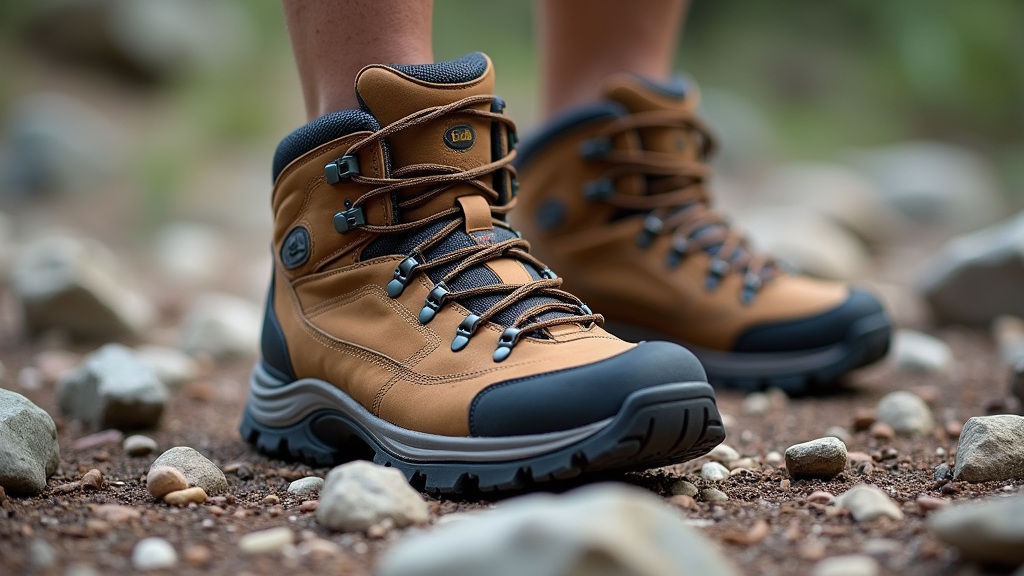
Essential Features to Look for in Hiking Boots
Over the years, I’ve learned that not all hiking boots are created equal. There are a few key features that really make a difference out on the trail. For me, durability and solid support are non-negotiable, especially after tackling rocky paths that really test your gear. A reliable pair of boots should keep your ankles stable, give you good grip when things get slippery, and keep your feet dry when the weather turns.Various types of boots are designed for specific hiking styles, from lighter trail runners to more rugged, heavy-duty options for backpacking.
I’ve tried different types for different kinds of hikes, lighter shoes for quick day trips, and sturdier, more rugged boots when I’m carrying a heavier pack or heading into rougher terrain. It really comes down to what kind of hiking you’re planning. If you’re going to be scrambling over rocks or navigating steep climbs, traction and a tough sole are essential. But if you’re covering long distances over mixed terrain, trust me, your feet will thank you for choosing something comfortable and lightweight.
Getting Started with Your Hiking Adventure
Jumping into hiking means you need to be prepared physically and with the right gear. Your first step should always be understanding your personal needs. Like any outdoor activity, a comfortable pair of boots isn’t only about size. It is also about the shape and the amount of support offered. The first time I ventured out on a long hike, I learned that even a small discomfort could turn a pleasant day into an uphill battle.
It is important to consider the terrain you’ll encounter most frequently. Are you tackling well-trodden forest paths? Or are you planning to explore off-the-beaten-path trails? Each environment demands a different kind of support and grip. In addition, thinking about the climate and weather conditions where you’ll be hiking will help you select boots that stand up to rain, snow, or intense heat.
Quick Guide to Choosing the Perfect Hiking Boots
Here’s a super simple checklist I like to use when picking out hiking boots, it’s helped me avoid a lot of mistakes:
- Think About Your Hiking Style
Are you just getting out for day hikes? Doing weekend trips with a bit more gear? Or are you full-on backpacking with a heavy pack? The kind of hiking you do totally affects the kind of boots you’ll need. - Know Your Feet
This one took me a while to figure out. Do you have flat feet, high arches, or something in between? It makes a big difference in how much support or cushioning you’ll need. The right fit here means fewer aches later. - Check the Terrain
What kind of ground will you be walking on most? If it’s rocky, steep, or uneven, you’ll want something with a sturdy sole and good grip. Trust me, your ankles will thank you. - Waterproof vs. Breathable
If you’ll be hiking in wet or muddy areas, waterproof boots are a must. But if you’re in a hot, dry climate, breathability becomes way more important. Sweaty feet = unhappy hikes. - Fit (and Don’t Skip the Break-In Time)
Try on a few pairs and walk around in them. Your boots should feel snug but not tight. And give them a few wears before a big hike, breaking them in helps avoid blisters and hotspots.
This list has made my gear choices way easier, and it really helps you focus on what you need for your own hiking adventures.
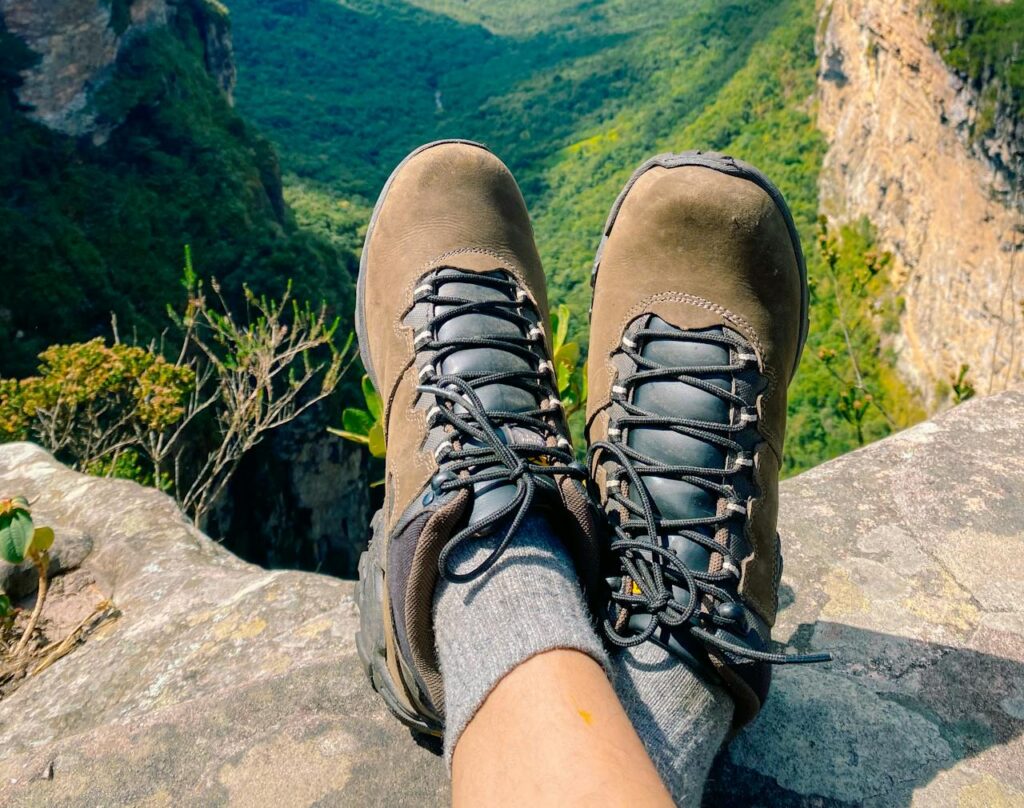
Things to Consider Before Buying Your Hiking Boots
Before committing to a purchase, it’s worth noting a few considerations that can have a big impact on your overall hiking experience. Many hikers encounter issues like inadequate fit or disappointing durability because they overlook a few key details.
- Material Durability: Look for boots that use high-quality leather or synthetic fabrics. The right material can significantly extend the life of your boots while ensuring they provide the necessary support.
- Weight Considerations: Heavy boots can tire your legs quickly over long distances. Lighter boots might not offer the same level of protection, so it really comes down to finding the right balance for your hiking style.
- Price versus Quality: While it might be tempting to opt for a cheaper pair, investing a bit more upfront can save you money in the long run if it means buying boots that last and perform better under challenging conditions.
- Weather Conditions: Check that your boots handle the typical weather of your hiking region. Waterproof boots are ideal for rainy areas, whereas more breathable options work best in dry, warm conditions.
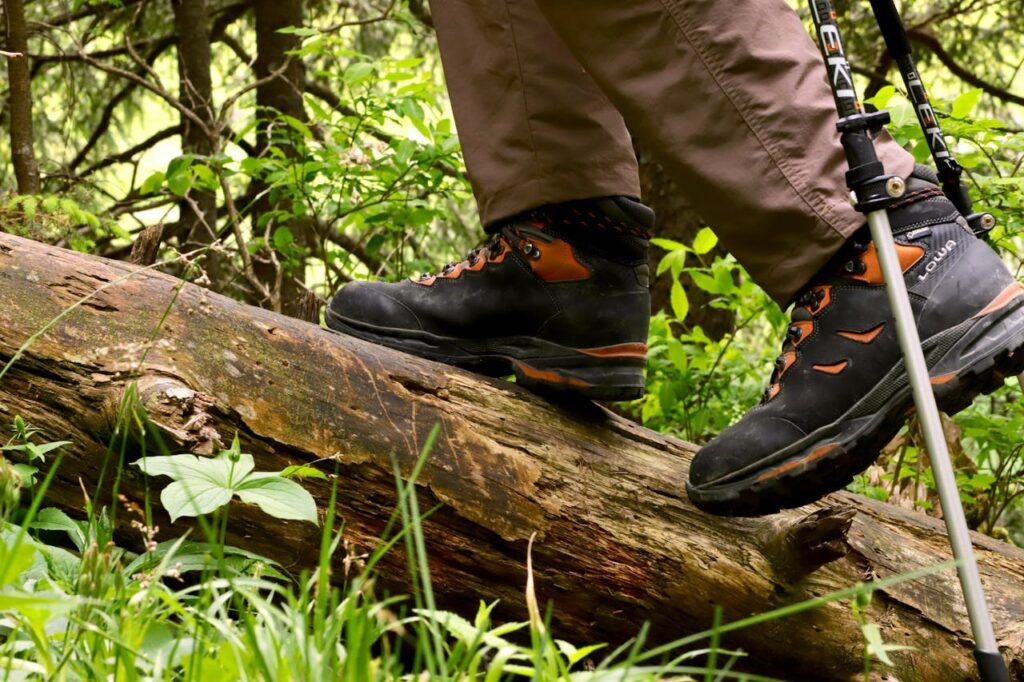
Material Durability
Boots crafted from durable materials offer higher resilience on long hikes and rough terrains. Robust leathers and innovative synthetic alternatives can withstand abrasive surfaces and resist water damage. It pays off to invest in quality materials if you intend to use your boots regularly.
Foot Support and Comfort
A good hiking boot offers remarkable support around your ankles and arches. Proper cushioning, a well-designed footbed, and secure lacing contribute to lasting comfort. Inadequate support can lead to foot fatigue or even injuries, especially when you’re on extended hikes.
Weather Resistance
Understanding the weather patterns of your hiking region is important. Boots that provide waterproofing without sacrificing breathability tend to rank higher among regular hikers. This balance ensures your feet stay dry without overheating, no matter what the environment throws at you.
Boot Weight
Boot weight is a deciding factor, particularly if you’re gearing up for long treks. Lightweight boots are easier on your legs and enable smoother movement, while heavier boots typically offer more rugged protection. Finding a model that marries both goals is ideal.
Taking all these factors into account ensures that your investment honors both performance and comfort over time.
Advanced Tips and Tricks for Hiking Boot Selection
Once you’ve grasped the basics, there are a few advanced tips that can really step up your selection process. Attention to details like insoles and lacing techniques can take your hiking game to another level.
Invest in Quality Insoles: While many boots come with standard insoles, upgrading them can improve shock absorption and motion control. High-quality insoles provide custom support and can even help correct alignment issues.
Master Your Lacing Techniques: Properly lacing your boots can drastically affect comfort. Experimenting with different lacing patterns can help secure the ankle and reduce pressure points.
Test in Real Conditions: Whenever possible, try your boots on during a moderate hike. Even if you only get a short trial run on a familiar trail, testing them in real-world conditions can reveal issues you might not notice in a store.
Read Reviews and Ask for Recommendations: Fellow hikers and online forums can offer insights that might help you avoid common pitfalls. Their advice can provide a more personal perspective on long-term performance.
These tips help in crafting a more personalized and effective way of choosing hiking boots. They are all about fine-tuning the already very important basics for a better outdoor experience.
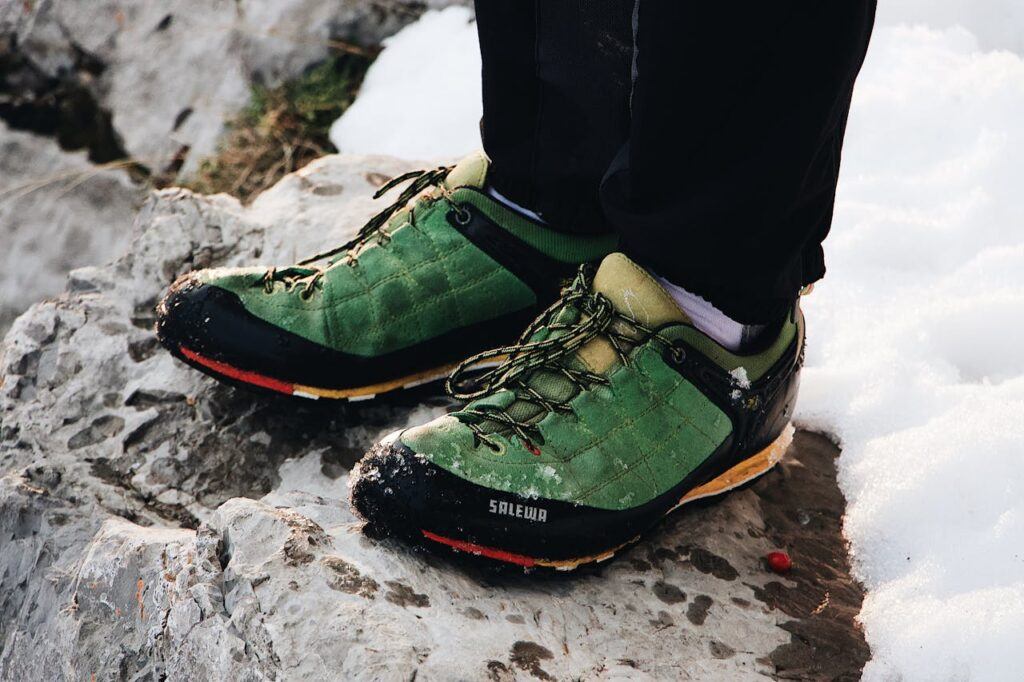
The Basics: What Should You Focus On?
After sifting through countless options, it often boils down to a few core aspects that every hiker should consider. The overall build quality, proper sizing, and design functionality are central to ensuring you get a pair of boots that truly work for you.
Practical use cases include hikers who enjoy different types of terrain. For example, someone accustomed to wet and muddy trails would need boots with robust waterproofing and deep tread. Conversely, hikers in arid climates might focus on breathability and lightweight construction. A balance of all these elements can turn a simple pair of boots into a dependable hiking partner.
- Overall Build Quality: Invest time in examining the construction. Look for features such as sturdy stitching and reliable adhesives.
- Proper Fit: Remember that no two feet are identical. Trying on multiple sizes and models can help you pinpoint which option gives the best all-around fit.
- Intended Use: Always match your boot style with the type of hiking you’ll be doing most. This ensures that the boots serve you well, whether on easy nature walks or long-distance mountain treks.
Placing focus on these basics ensures that your hiking boots are not only comfortable but supportive over an extended period of time. Paying attention to these details can make all the difference during those long days on challenging trails.
Frequently Asked Questions
Here are some common questions that frequently arise when choosing hiking boots:
Question: What type of hiking boots is best for beginners?
Answer: Beginners may benefit from choosing mid-cut hiking boots. These offer a balance of support and flexibility, making them ideal for a wide range of trails.
Question: How important is waterproofing in hiking boots?
Answer: Waterproofing is very useful in damp environments. However, it is important to consider how waterproofing might affect breathability. Choose a boot that offers both features if you often find yourself hiking in variable conditions.
Question: How should I break-in my new hiking boots?
Answer: Wear your boots during short walks and gradually increase the hiking distance. This process helps to mold the boot to your foot shape and reduce the risk of discomfort or blisters.
Question: Can insoles improve the fit of my hiking boots?
Answer: Yes, upgraded insoles can improve overall comfort by providing better support and cushioning. They can also help with alignment and reducing foot fatigue over long distances.
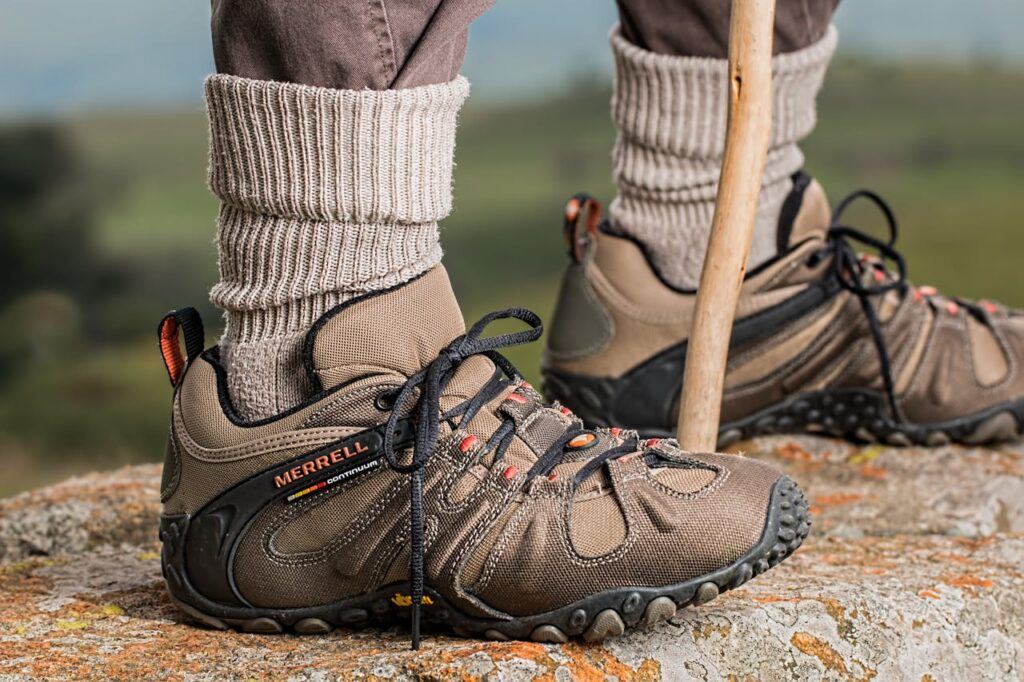
Additional Insights for Long-Lasting Hiking Boots
Maintaining your hiking boots well is very important if you want them to last season after season. Regular cleaning and proper storage are key. After each hike, take a few minutes to brush off dirt and debris, and let your boots dry naturally away from direct sunlight. Using a damp cloth to wipe them can also help remove stubborn stains without damaging the material. If your boots are made of leather, applying a quality conditioner every now and then can keep them supple and prevent cracking.
Beyond cleaning, periodically checking the integrity of your boots is essential. Look for signs of wear on the soles and stitching. If you notice any loose parts, now is the time to fix them or consult a professional repair service. This proactive approach not only extends the life of your boots but also ensures that they continue to provide the reliability you need on the trail.
Another useful tip is to invest in boot accessories like gaiters and extra insoles. Gaiters help protect your boots from mud and water, while replacement insoles can refresh the cushioning, giving your boots a new lease on life. Moreover, storing your boots in a dry, airy place when not in use prevents any unwanted mildew from setting in. Taking these maintenance steps can make a big difference, especially if you hike frequently in diverse conditions.
For those who take their outdoor activities seriously, understanding the care routine that keeps your hiking gear in top shape is a form of preparation in itself. Not only does regular maintenance keep your boots performing at their best, but it also underscores the respect you have for the equipment that carries you through your adventure. Investing time in maintaining your boots today will save you time and money in the future.
Wrapping Up Your Hiking Boot Journey
Selecting the right hiking boots can truly change your outdoor activities. It involves more than just picking a style. It means finding a pair that fits well, performs consistently, and supports your adventures over time. If you take the time to consider factors like your hiking style, the terrain, and the boot’s features, you open yourself up to a more enjoyable and safer hiking experience.
Every step you take on the trail is more secure when you trust your gear. Think of your hiking boots as your main connection to nature. With the right pair, each trail becomes a little more welcoming. Every challenge becomes a bit more manageable. Your next adventure awaits, and the trail is ready to be stumbled upon with boots that are as resilient as you are. Enjoy the journey and explore with confidence knowing that you’ve put thought into a vital part of your gear lineup.
